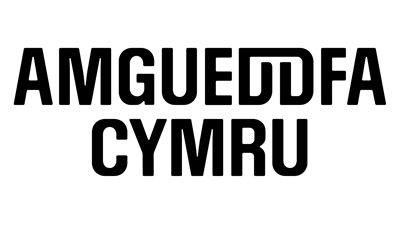Boy in pain
BOSE, Fanindra Nat
This figure of a naked youth stands on his right leg, his face is contorted with pain as he holds his raised left leg, bent at the knee. The source of the pain, a small crab, lies next to his right foot. The Indian sculptor, Bose, achieved exceptional success during his short lifetime, although he first had to travel to Scotland where he also receive Welsh support. During the nineteenth century, Indian art students were mainly taught through indoctrinated academic western systems. After attending the Calcutta Art School, Bose left India aged sixteen to further his education. Having failed to secure a place at an Italian or London academy, he was eventually offered a place at the Board of Manufacturers School of Art in Edinburgh. Here, he won several awards including a travel scholarship that allowed him to visit Paris and meet Rodin. His outstanding talents were clearly recognised by his examiners, including the Welsh sculptor, William Goscombe John. John was a keen supporter of Bose and purchased from him, Boy in Pain and The Hunter (also in AC-NMW collection). In 1926, just as the continuing Indian campaign for independence was gaining momentum, Bose was elected to the Scottish Royal Academy. During his acceptance speech, Bose claimed his honour was “proof […] that the Scottish people had no intention of restricting the legitimate aspirations of the people of India.”
Mae'r wefan hon yn tynnu ar ddata casgliadau hŷn. Rydyn ni'n cydnabod y gall peth o'r wybodaeth fod wedi dyddio neu'n gwahaniaethu, ac yn gweithio i ddiweddaru ein cofnodion. Os oes gennych gwestiwn neu sylw ar ddarn o gelf, cysylltwch â ni.
Datganiad hawlfraint wedi'i ddarparu gan Amgueddfa Cymru
Mwy fel hyn
Amgueddfa Cymru
JONES, David
© Ystâd David Jones. Cedwir Pob Hawl 2025/Bridgeman Images/Amgueddfa Cymru

Amgueddfa Cymru
Amgueddfa Cymru
Amgueddfa Cymru
JONES, David
Golden Cockerel Press
© Ystâd David Jones. Cedwir Pob Hawl 2025/Bridgeman Images/Amgueddfa Cymru

Llyfrgell Genedlaethol Cymru
Llyfrgell Genedlaethol Cymru
Llyfrgell Genedlaethol Cymru
Amgueddfa Cymru
Llyfrgell Genedlaethol Cymru





